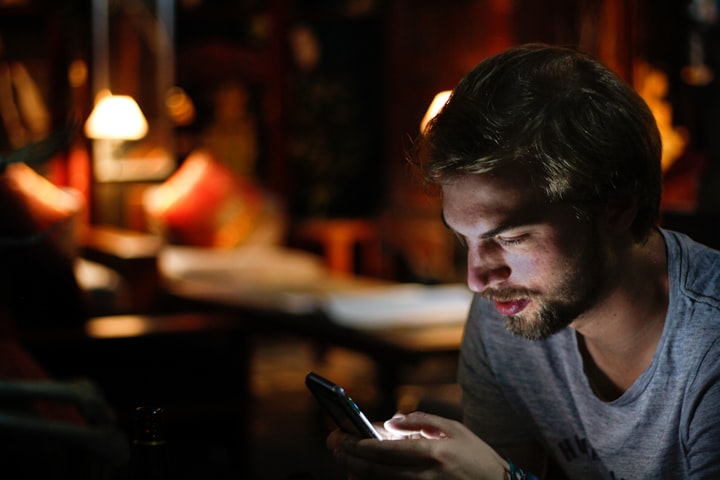Throughout the most recent few decades, individuals have encountered various changes as the world accepts computerized innovation (Newell 30). Be that as it may, the digitization impact has not spread across the world in an even way, as individuals in certain nations don't approach specific innovations effectively being used (Newell 38). However, specialists contend that most countries are presently managing to address the incredible computerized partition to expand individuals' capacity to advance innovation.
The United Nations (UN) indicated that the computerized split alludes to financial and social contrasts between areas, nations, and individuals that impact their insight and utilization of advanced innovation (Newell 43). It involves various imbalances on the planet. Individuals from multiple financial classes have multiple admittance levels to cutting-edge innovation and its connected data (Rouse standard. 1).
It further thinks about innovative holes between families, whereby individuals living in specific areas can have restricted admittance to a particular sort of innovation. In contrast, those from an alternate region have complete access. A portion of the computerized advancements that have made a tremendous separation incorporate the web, TV, PDAs, and PCs, among others (Rouse standard. 2).
The disparity in admittance to innovation between nations is regularly alluded to as the worldwide computerized partition. Address the test of the advanced gap since it will assist with advancing pivotal components like the majority rules system, practical turn of events, high education levels, monetary thriving, and social development, among others (Rouse standard. 4).
Endeavors by the United Nations
The idea of advanced separation has changed significantly throughout the long term. In the mid-twentieth century, it alluded to imbalances in admittance to phones (Servon 195). Towards the finish of a similar period, the computerized partition incorporated the component of openness to the web. The principal center was around the disparities in admittance to correspondence networks with a data transmission that could be partitioned and shared simultaneously by different signs (Servon 206).
The idea of the advanced gap in the 21st Century involves imbalances in admittance to mechanical devices like PCs. Throughout the long term, the UN has made various attempts to expand the number of individuals across the world with superb admittance to innovation. Its most significant concern has been the developing pattern in which the capacity to get to creation relies upon whether one is rich or poor (Servon 214). Wealthy individuals have better admittance to innovation contrasted with poor people.
This idea was set off by varying degrees of admittance to innovation among created and non-industrial nations. One of the eminent endeavors by the UN intending to this test has been advancing the utilization of Wi-Fi organizations (Newell 90). This drive was begun in 2003, between the UN and various accomplices who pointed toward spanning the advanced gap. As indicated by innovation specialists, expanding admittance to a remote neighborhood can assist with connecting the computerized partition hole, particularly in agricultural nations (Servon 223).
The justification for this is that Wi-Fi organizations can profit a few groups at a specific time. Moreover, the innovation is reasonable, unregulated, and simple to utilize (Servon 228). The UN distinguished the significant expense of web association as one of the primary causative variables of the worldwide computerized partition (Newell 101). This is a smart thought since individuals will get an opportunity to acquire information about automated innovation.
Associations that emphasize managing the computerized partition
Various associations have stepped up to guarantee that individuals have better admittance to innovation. One association that considers tending to the advanced gap as one of its top plans is the Knight Foundation (Martinez and Patel standard. 1).
The association has various projects outfitted towards assisting individuals with approaching the web and mechanical gadgets like PCs. Its first venture was in Detroit in 2009. At that point, more than 60% of families in the city didn't approach responsible web and had no gadgets like PCs.
Their endeavors are outfitted towards making mindfulness via preparing individuals for innovation and the utilization of advanced gadgets. The establishment additionally targets helping the vulnerable areas in Detroit to have their broadband organization that would permit individuals in the city to get to the web from their homes (Martinez and Patel standard. 2). However, despite the association's various endeavors, it is yet to ultimately accomplish its goal of guaranteeing everybody in Detroit approaches a dependable web association.
Various restrictions have brought about this test, as unmistakably laid out in the report that the establishment delivered after the finish of the principal period of the venture (Martinez and Patel standard. 4).
A portion of the incredible difficulties incorporates advanced ignorance, absence of web empowered gadgets, monetary obstructions set by internet services, significant expenses for web access, and absence of solid associations (Martinez and Patel standard. 5). This is an intelligent thought because the private area is putting forth a valiant effort to supplement endeavors by governments in managing the advanced gap.
About the Creator
Enjoyed the story? Support the Creator.
Subscribe for free to receive all their stories in your feed. You could also pledge your support or give them a one-off tip, letting them know you appreciate their work.







Comments
There are no comments for this story
Be the first to respond and start the conversation.